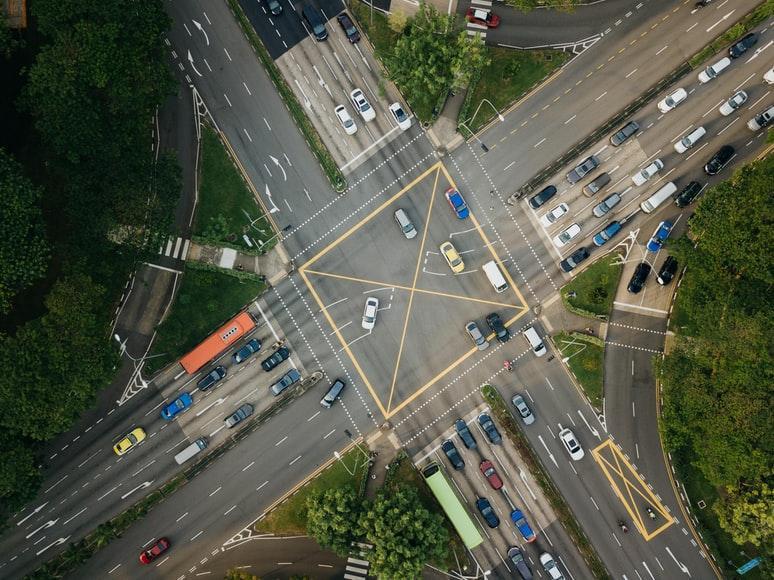Smart city leaders say technology must be deployed with outcomes and equity in mind.
Smart mobility is one of the main use cases that smart cities have been exploring in recent years, as they seek to use technology to help residents get around quickly, efficiently and safely.
This has led tech companies to bring new solutions and products to cities — everything from autonomous vehicles to curbside management solutions and intelligent sensors that help manage traffic flows.
However, city leaders involved in smart mobility projects say the best path forward for partnerships between technology firms and cities is for the companies to focus on how their solutions can improve citizens’ lives and meet residents’ needs.
That was a key takeaway from a Wednesday panel at the Smart Cities Connect Fall Conference and Expo in the suburbs of Washington, D.C. Christian Doolan, director of strategic innovation for Tallahassee, Fla., reflecting on the adage that “a fool with a tool is still a fool,” said that “everything comes down to outcomes,” and that if technology solutions are not outcome-driven, the city’s leaders are not interested. Solutions need to be tailored to three different audiences, Doolan said: the elected mayor and city commissioners, citizens, and the internal government organization.
How to Create Effective Smart Mobility Project
In November 2020, voters in Austin, Texas, approved a $7 billion bond measure to transit-growing metro region. Christina Willingham, manager of the smart mobility office for Austin, noted that the city adds an average of 184 residents per day and that the measure, which will fund light rail and rapid rail lines, is designed to make it easier to get around amid that booming growth.
Austin has some of the worst traffic congestion in the country, and Willingham said the city is also working on a smart corridor project to improve its roadways.
As Austin works to bring those projects to fruition, it is turning to public-private partnerships to test out technology tools that can help meet the city’s mobility goals. Willingham noted that her office has set up a portal to invite tech companies to submit proposals and establish pilot programs to test their technologies on public infrastructure which the state government has encouraged.
The smart mobility office gives the companies the space to iterate and innovate, she said. However, she said the city also strongly encourages the private sector to look at smart mobility tools through an equity lens, so that the vendors can understand and articulate how their tech is impacting people on the ground.
“If they can understand how it benefits people and improves their quality of life, then it makes the technologies even better,” she said.
Ryan Trujillo, director of support services for Colorado Springs, Colo. (one of StateTech’s smart cities to watch), said that the biggest challenge most cities face is engagement with the public on smart cities projects in general. The coronavirus pandemic has enabled many cities to make meetings and interactions with officials more accessible through virtual meeting and digital collaboration platforms.
“We see that as an opportunity to gain trust,” he said, adding that Colorado Springs is focused on “relentless engagement” with residents.
Colorado Springs, along with the neighboring municipality of Greenwood Village, Colo., plans to deploy autonomous shuttles in a pilot project next year. “We’re not doing it because they are new and sexy,” Trujillo said. The shuttles would truly solve a need for the city since it does not have a downtown “circulator” mode of public transit, and there are new developments, such as a new hockey stadium, that will increase traffic downtown.
Smart mobility solutions need to have a municipal benefit to be viable, Willingham said, pointing to pedestrian safety and traffic congestion management as key benefits. Such technologies also need to be affordable, resilient and upgradable, she noted.
Willingham pointed to a challenge program called City:One, which Austin launched in partnership with Ford, AT&T, Dell Technologies and Microsoft, as an example of supporting technologies that meet residents’ needs. One winner of the challenge offers an app that provides navigation guides for those with visual, auditory or mobility impairments. Another delivers local, healthy food to residents’ homes.
Willingham also stressed the importance of “reverse pitches,” in which cities go to companies to explain what their core issues are. “It’s important for communities to be able to talk to companies about what their needs are,” she said.
Link: https://statetechmagazine.com
Source: https://statetechmagazine.com/article/2021/10/smart-cities-connect-how-smart-mobility-tech-can-solve-problems-residents?utm_source=pocket_mylist
